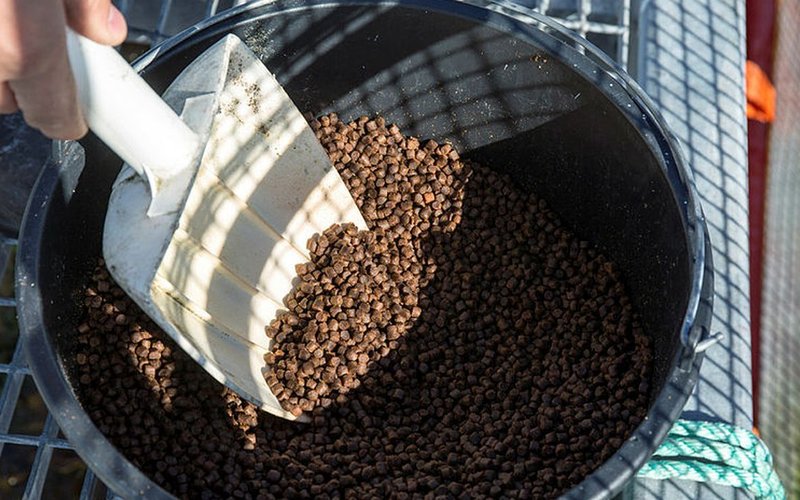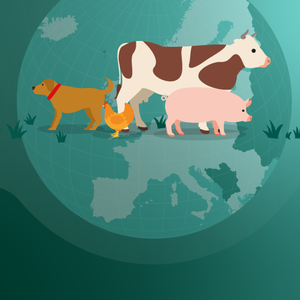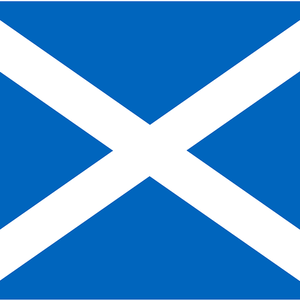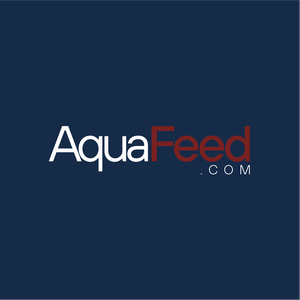Every year the Norwegian Food Safety Authority performs a monitoring program to assess potential hazards in aquafeeds that may pose a risk to animal health, consumer health or the environment. In 2019, samples of 93 fish feeds, 10 fish meals, 11 fish oils, 4 insect meals, 10 plant meals, 9 plant oils and 17 mineral and vitamin premixes were analyzed for a range of compounds.
No traces of illegally processed animal protein in the form of ruminant bones, or DNA from ruminant material, were detected in any of the fish meals analyzed in 2019. Bacteria from the family Enterobacteriaceae were detected in one sample, but bacteria of the genus Salmonella were not detected in any of the samples. Mycotoxins did not exceed the current maximum limits or reference values, and few samples were above the quantification limit for the methods used.
None of the samples analyzed in 2019 exceeded the established maximum level for organic and inorganic contaminants. For legacy pesticides such as toxaphene, chlordane, endosulfan, HCB, HCH and DDT, concentrations found were similar to previous years. Results from the analysis of 116 different organophosphate pesticides showed the presence of pirimiphos-methyl and malathion in some samples. The herbicide glyphosate and its transformation product aminomethylphosphonic acid (AMPA) were found in most of the investigated samples. Maximum residue limits for glyphosate and AMPA have not been established for fish feed or feed materials.
Dioxins, dioxin-like PCBs and PCB6 were comparable with concentrations found in previous years. The concentration of brominated flame retardants PBDE was also similar to concentrations found in previous years. HBCD was found in most samples, including insect meals, mainly as a-HBCD. TBBP-A was mainly found in feed samples and 25% of the investigated samples had quantifiable levels. Per- and polyfluoroalkyl substances (PFAS) were analyzed in feed, fish meal and insect meal, but were only quantifiable in two fish meal samples. No maximum limits have been established for PBDE, HBCD, TBBP-A, PAH or PFAS in fish feed or feed materials.
Processing contaminants such as PAHs were found at similar concentrations as previous years, mainly in plant oils. Glycidol and 3-MCDP were found in feed samples, but not in plant oil samples. Arsenic, inorganic arsenic, cadmium, lead, mercury and methyl mercury were measured in compound feed, fishmeal, insect meal, plant meals and mineral premixes, no non-compliant samples were found.
The feed additives ethoxyquin (EQ), butylated hydroxyanisole (BHA) and butylated hydroxytoluene (BHT) have a maximum limit of 150 mg/kg, either per compound or as a sum of these three antioxidants. No non-compliant samples were found. The authorization of EQ as a feed antioxidant has been withdrawn and the use of this compound is being phased out. Both the concentrations and number of quantifiable samples of EQ in fish feed and fishmeal has declined in recent years. An analysis of EQ transformation products showed that these may be present although the concentration of the parent compound EQ was low or not quantifiable.
The feed additives selenium, molybdenum and zinc were above the maximum content in several feed samples. The maximum content applies to the total sum of additives, from added sources and from what is naturally present in feed ingredients, but only when the substance is added. Analysis of premixes showed that selenium and zinc, but not molybdenum, were present in the premixes. Concentrations of vitamin D3 have previously been over the maximum content in many samples, but with the new limit for vitamin D3 in feeds for salmonids established in 2019, all the compound feeds analyzed in this year's program were under the maximum content.
A novel addition to the monitoring program in 2019 was the analyzes of natural plant toxins. Glucosinolates, hydrogen cyanide and theobromine were measured in complete feed and in plant-based feed materials but were not quantifiable in any of the samples.
The results are communicated to the Norwegian Food Safety Authority regularly throughout the year and any non-compliant results are reported immediately through an alert system. Check out the report here (in Norwegian with the summary and figure captions in English).










